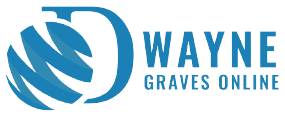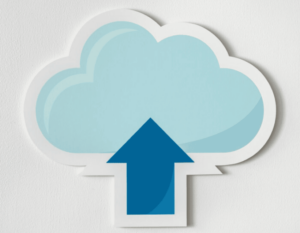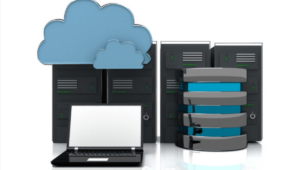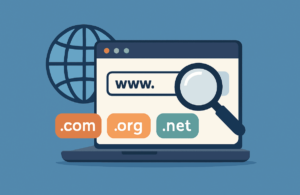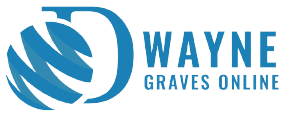Want to earn something extra online? One great way to earn online is creating and selling audio products like podcasts and music.
Podcasts, music, and audiobooks have growing demand across multiple platforms. With the right tools, you can produce high-quality content from anywhere.
Start by choosing a niche and planning your content. Invest in good recording equipment and editing software for professional sound.
Platforms like Spotify, Apple Podcasts, and Bandcamp help you reach listeners. Monetization options include ads, subscriptions, and direct sales.
Affiliate Disclaimer: I earn commission (get paid) if you click on the links and purchase a product below. My earnings do not impact the price you pay.
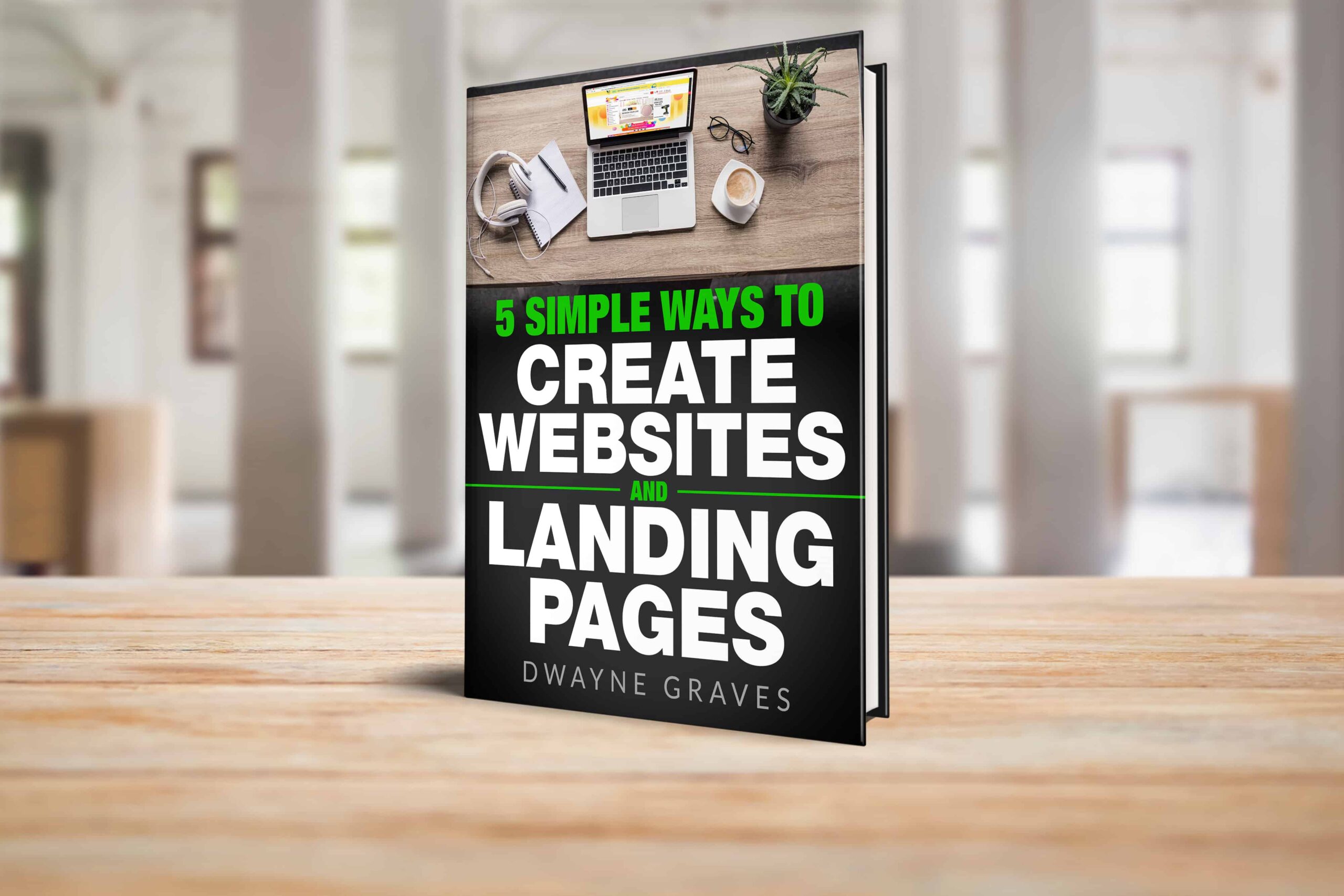
Download Your Free e-Book
5 Simple Ways to Create Website & Landing Pages
Marketing your audio through social media and SEO boosts visibility. With a solid strategy, you can turn your passion into profit.
Continue reading to know how!

What is an Audio Product?
Audio products are listenable content such as podcasts, music, audiobooks, and sound effects. They entertain, educate, and relax without requiring screens.
What are audio products used for? Podcasts and audiobooks are great for multitasking while working or commuting. Music sets the mood for workouts, study sessions, or relaxation.
Benefits of podcasts and music? They are convenient, accessible, and flexible. You can listen on the go using phones, or smart devices. Thus, audio content is perfect for busy lifestyles.
Popular audio products examples? Podcasts like “The Daily” or music albums from top artists. Other examples include meditation tracks, sound effects, and business training recordings.
Audio product listening platforms? Spotify, Apple Podcasts, YouTube, and Audible dominate the market. Creators use these platforms to distribute content and earn revenue.
Types of Audio Products
Audio products come in many forms, but podcasts and music are the most popular. Each offers unique opportunities for creators to engage and monetize.
Podcasts
Podcasts are digital audio shows covering various topics. They can be educational, entertaining, or business-focused. Choosing podcast topics is crucial to attracting the right audience.
Creative podcast ideas include interviews, storytelling, news, or industry insights. Popular formats include solo episodes, co-hosted discussions, and guest interviews.
Music
Music creation ideas vary from instrumental tracks to full vocal compositions. Creators can produce beats, background scores, or full-length albums.
The types of music to create depend on audience demand. Genres like pop, hip-hop, electronic, and lo-fi are always in demand. You can sell tracks on Spotify, Apple Music, and Bandcamp.

Get the Equipment
Good audio quality makes a huge difference. You don’t need expensive gear to start. Many creators use affordable recording equipment to produce high-quality content.
Microphone
A clear voice is essential for podcasts and music. The best microphones for podcasting include USB and XLR options.
Blue Yeti USB mics are budget-friendly and easy to use. Shure SM7B XLR mics have professional sound quality.

Headphones
Using headphones for audio recording helps catch background noise. Closed-back headphones prevent sound leakage. Good headphones improve editing and ensure clear audio playback.
Computer or Phone
A computer or phone is essential for recording and editing. Beginners can use free software like Audacity or GarageBand. Mobile apps like Anchor help record podcasts on the go.
Other Audio Recording Tools for Beginners
A pop filter reduces harsh sounds in vocals. An audio interface improves recording quality for XLR mics. A quiet space or soundproofing helps minimize background noise.
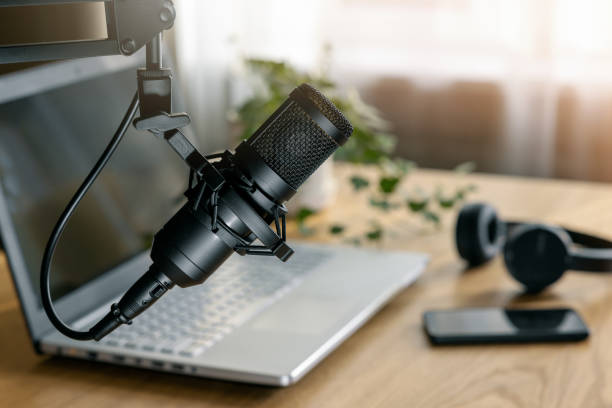
Recording Your Audio Product
The key to engaging your audience is recording high-quality audio. It doesn’t matter if you’re making a podcast or music, clear sound matters. Here’s how to get started.
Set Up Your Recording Space
Find a quiet place to record. Use soft materials like rugs or foam panels. These help reduce echo and background noise. Avoid noisy rooms or outdoor spaces.
How to Record with a Microphone
Position your mic correctly for the best sound. Keep it 6–12 inches from your mouth. Use a pop filter to reduce harsh “P” and “S” sounds. Test different angles to find the best clarity.
Tips for Recording Podcasts
Speak naturally at a steady pace. Take pauses to avoid filler words. If you make mistakes, pause and start again but don’t stop. Cut background noise with Audacity or Adobe Audition.
Music Recording Techniques
Use multi-track recording for better control. Layer vocals and instruments separately for clear sound. Adjust volume levels to keep everything balanced.
Experiment with effects but keep them natural. Good recording takes practice. The better your audio, the more engaging your content!

Editing Your Audio Product
Editing makes your audio sound clean and professional. You don’t need advanced skills—just the right tools.
Simple Audio Editing Tools
Use beginner-friendly tools (Audacity, GarageBand, Ocenaudio). You can cut mistakes, adjust volume, add effects. Most free audio editing software includes basic features for beginners.
How to Edit Podcasts Easily
Remove background noise and awkward pauses. Trim unnecessary sections, add intro music and transitions for a polished feel. Use fade-ins and fade-outs for smooth audio flow.
Basic Music Editing Tips
Balance vocals and instruments for clear sound. Use equalization (EQ) to adjust bass, mid, and treble levels. Add reverb or compression for a professional touch.
Keep edits subtle to maintain a natural sound. With the right tools, editing becomes quick and easy. A well-edited audio product keeps listeners engaged!
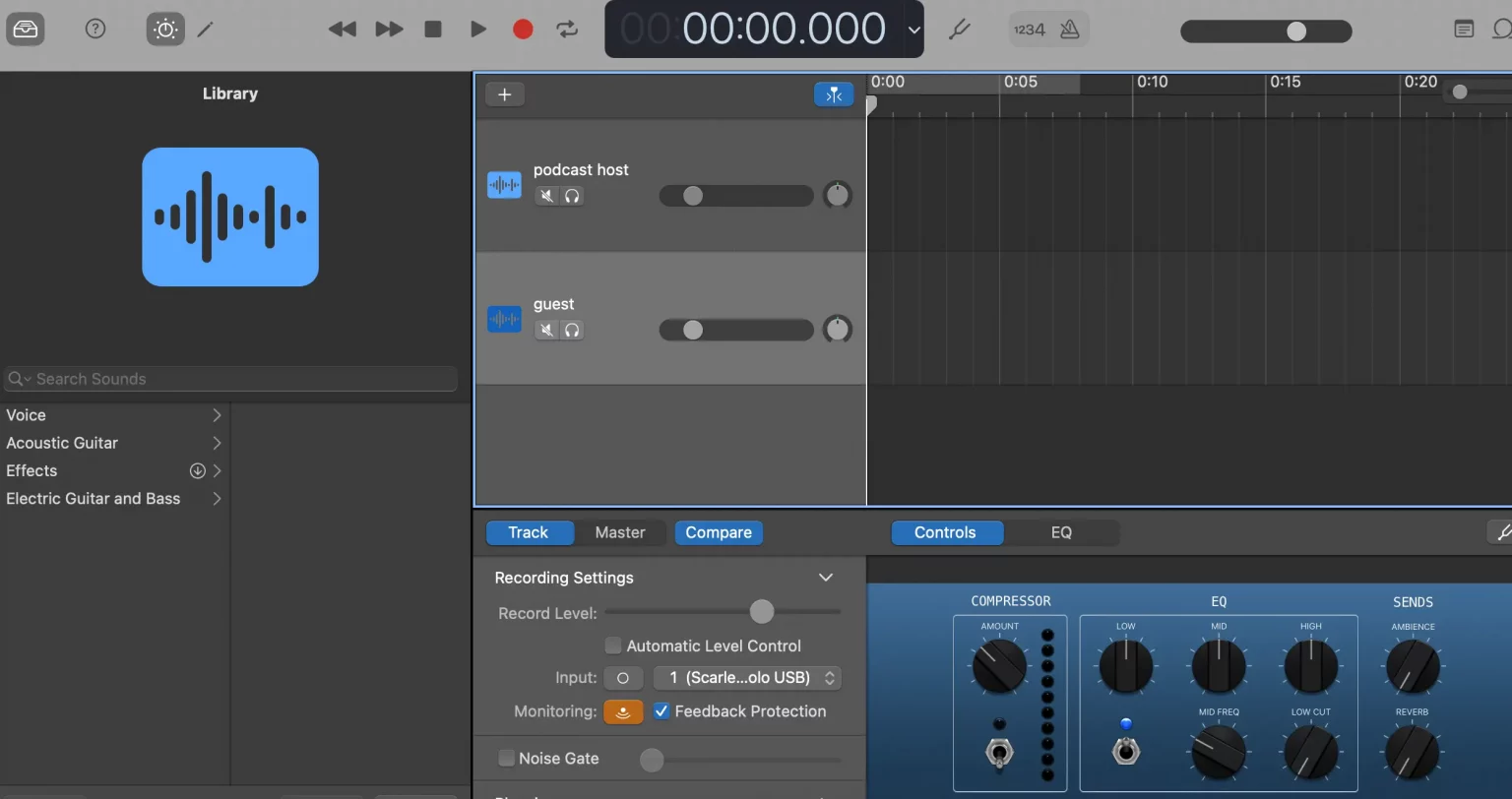
Publish Your Audio Product
Getting your audio product online is the final step. Make sure it’s easy to find and listen to! Use Spotify, Apple Podcasts, and Google Podcasts.
Upload your audio to a podcast host (Buzzsprout, Anchor, or Podbean). Write a catchy title and short description, so people know what to expect.
For music, use DistroKid, TuneCore, or CD Baby to distribute your tracks. These platforms help you upload music to Spotify, Apple Music, and YouTube Music.
Create an account on Spotify for Podcasters. Upload your audio file, enter details, and submit your podcast for approval. Once approved, your episodes will be available for streaming.
Use a music distribution service or apply as an Apple Music artist. Submit your tracks, add cover art, and set your pricing options.
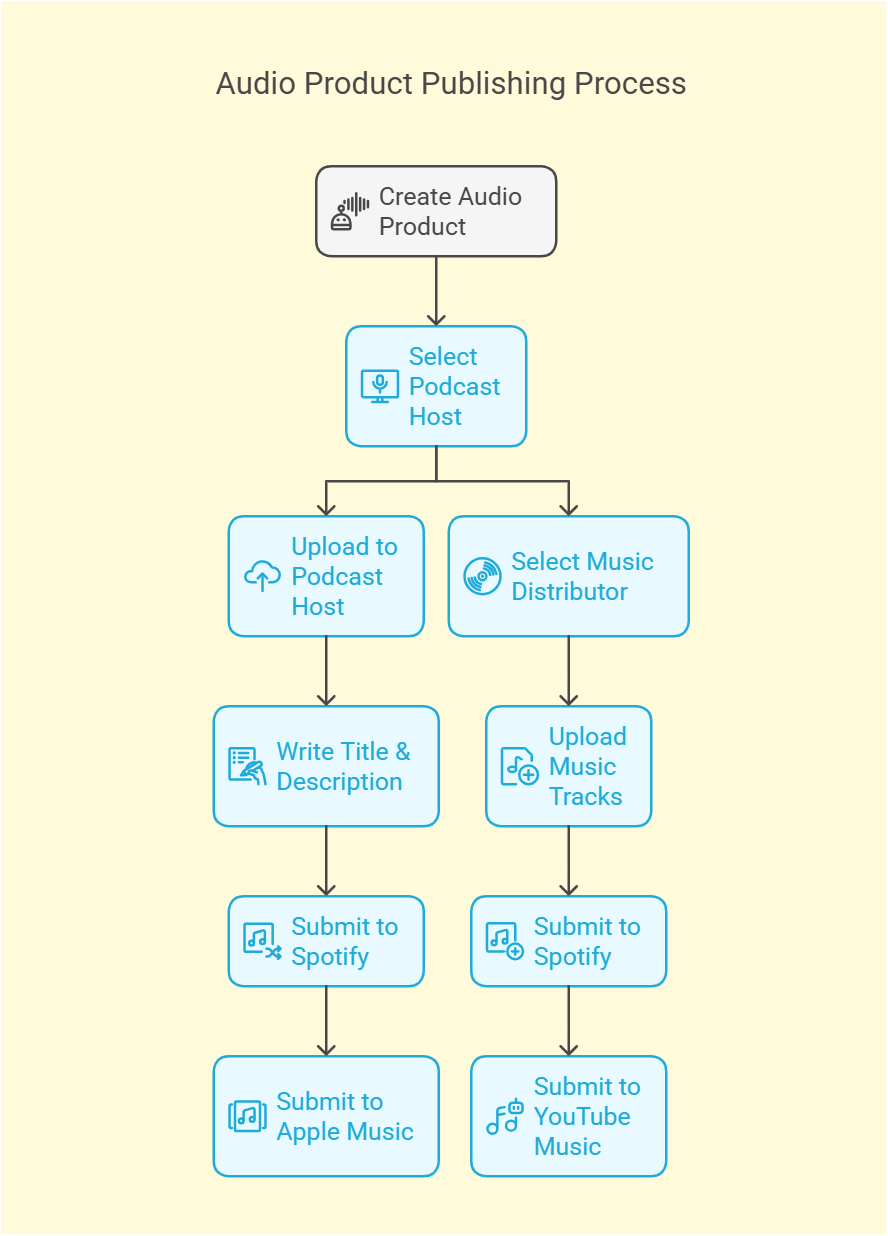
Sell Your Audio Product
It takes strategy and smart promotion to make money from audio products. There are multiple ways to monetize your content.
How to Sell Podcast Ads? Partner with brands to run ads in your episodes. Use platforms like Podcorn or AdvertiseCast to find sponsors.
Offer subscriptions or exclusive content on Patreon or Apple Podcasts. Charge listeners for bonus episodes or early access.
Use Bandcamp, iTunes, or Amazon Music to sell your tracks directly. Keep pricing competitive and offer bundles for more value.
Promote your podcast on social media, email newsletters, and websites. Engage listeners and turn them into paying supporters!

Conclusion
It’s easier than ever to create and sell audio products. Start with a great idea and the right equipment. Record high-quality audio and edit it for a professional touch.
Upload your content to platforms like Spotify or Apple Music. Promote your work on social media to reach more listeners.
Monetize through ads, subscriptions, or direct sales. Stay consistent to grow your audience and increase earnings. The sooner you start, the faster you see results.
Take action today and turn your passion into profit!
